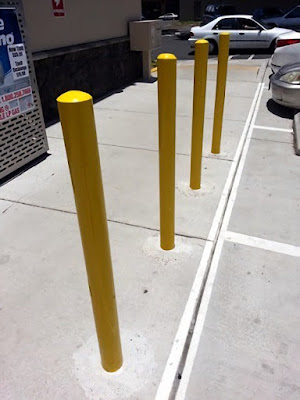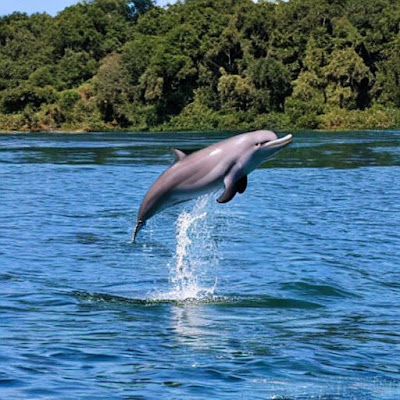At this specific moment, the sun's rays are perpendicular to the Earth's surface at the equator, making objects appear to have no shadow. However, as the time moves away from noon, the angle of the sun changes, and objects will begin to cast shadows.
The absence of shadows at the noontime position is a unique occurrence that happens at specific latitudes (approximately between the Tropics of Cancer and Capricorn) and only during certain times of the year. In other latitudes and times, shadows will be visible due to the angle of the sunlight.
The phenomenon of the sun being directly overhead, resulting in objects not casting shadows, occurs in countries that are located near or on the equator. These countries are generally found within the tropical region. Here are a few examples of countries where this phenomenon can be observed:
Ecuador: The country of Ecuador, after which the equator is named, is crossed by the equator itself. Places like Quito, the capital of Ecuador, experience the noontime shadowless effect around the equinoxes (around March 21st and September 21st).
Kenya: Kenya is located close to the equator in East Africa. Cities such as Nairobi and Mombasa can experience the absence of shadows during certain times of the year when the sun is directly overhead.
Indonesia: Indonesia is an archipelago nation located near the equator in Southeast Asia. Cities such as Jakarta, Pontianak, and Palu can experience the no-shadow phenomenon when the sun is at its zenith.
Brazil: Some parts of Brazil, particularly the northern region, are located near the equator. Cities like Manaus and Macapá can witness the sun being directly overhead, resulting in the absence of shadows during specific times of the year.
Colombia: Parts of Colombia, including cities like Bogotá and Cali, lie near the equator, and the phenomenon of the sun being directly overhead occurs around the equinoxes.
These are just a few examples of countries near the equator where the no-shadow effect can be observed. The specific locations and times of the year when this phenomenon occurs may vary slightly, but it generally happens in areas close to the equator during specific periods associated with the sun's position.




























